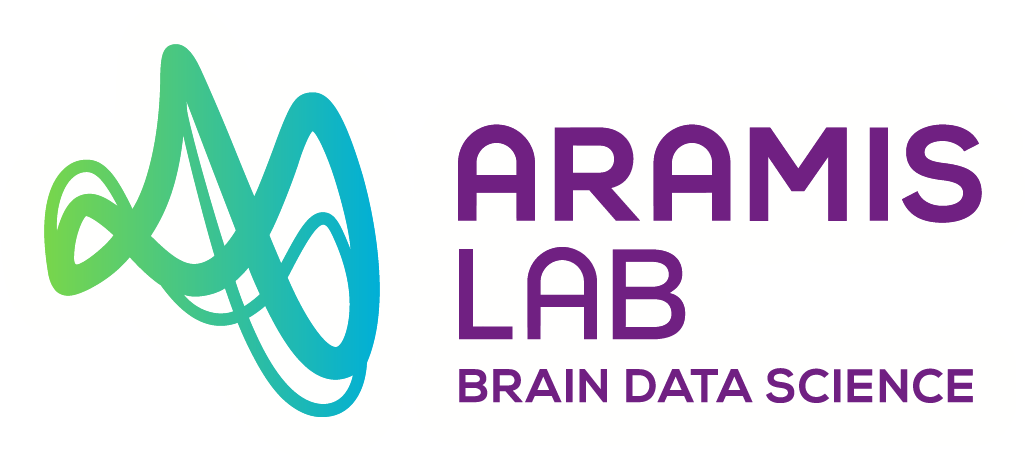Training for custom task
Contents
Training for custom task#
The aim of ClinicaDL is not only to provide a collection of tools, but also to allow users to add their own in the framework.
Custom architectures.#
Custom architectures can be added to ClinicaDL by adding a model class
in clinicadl/utils/networkand importing it in
clinicadl/utils/network/__init__.py.
This model class inherits from the abstract Network class in
clinicadl/utils/network/network.py.
Three abstract methods must be implemented to make it work:
forward: computes the forward pass of the network, it may return several outputs needed to compute the loss.predict: computes the forward pass of the network and only returns the main output.compute_outputs_and_loss: computes the main outputs and the loss of the network.
If you want to implement a network which outputs an array, you can inherit from
CNN class in clinicadl/utils/network/sub_network.py (see for example Conv5_FC3
clinicadl/utils/network/cnn/models.py which is a child class of CNN).
If you want to implement a reconstruction autoencoder, you can inherit from
Autoencoder class in clinicadl/utils/network/sub_network.py (see for example
AE_Conv5_FC3 clinicadl/utils/network/cnn/models.py which is a child class of
Autoencoder).
Your network may be parametrized: in this case parameter names must correspond to
the options of the command line (for example dropout) or input_size / output_size
which are computed by the MAPSManager.
If you need a new parameter for your class you will have to add it to the command line.
Custom input type#
Input types that are already provided in clinicadl are image, patch, roi and
slice. To add a custom input type, please follow the steps detailed below:
Choose a mode name for this input type (for example default ones are image, patch, roi and slice).
Add your dataset class in
clinicadl/utils/caps_dataset/data.pyas a child class of the abstract classCapsDataset.Create your dataset in
return_datasetby adding:
elif mode==<mode_name>:
return <dataset_class>(
input_dir,
data_df,
preprocessing=preprocessing,
transformations=transformations,
<custom_args>
)
Add your custom subparser to
trainand completetrain_funcinclinicadl/cli.py.
Custom task#
Available tasks in ClinicaDL are classification, regression and reconstruction.
You can implement a new task task by adding its corresponding TaskManager in
clinicadl/utils/task_manager/<task>.py. This new class must inherits from the abstract
class TaskManager in clinicadl/utils/task_manager/task_manager.py.
Then modify the _init_task_manager function in the class MapsManager at
clinicadl/utils/maps_manager/maps_manager.py.
Custom metric#
Other metrics can be added to the ones already available in ClinicaDL.
If the metric to add is composed of several words, please use the acronym
to name it (for example balanced accuracy becomes BA, mean squared error
becomes MSE).
Then add the method <metric>_fn to MetricModule in clinicadl/utils/metric_module.py,
where metric is the name of your metric in lower case (for example balanced accuracy
function is ba_fn).
This metric will only be used to evaluate specific tasks, then the evaluation_metrics
property of the corresponding TaskManager must be updated in clinicadl/utils/task_manager.
Finally, to use this metric as a selection metric, please the metric_optimum dict in
clinicadl/utils/metric_module.py. The key is the name of your metric, and the content is
respectively min or max if the performance improves when the metric respectively
decreases or increases.


